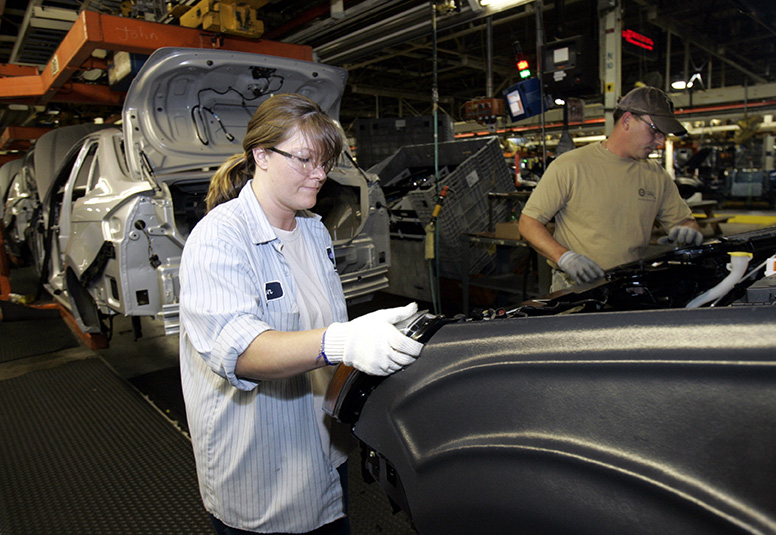Ever since women began entering the US workforce in large numbers during World War II, they have been paid less than their male counterparts. What is more, occupations in which women predominate offer lower pay than in majority-male professions.
Women earn a median wage of $706 per week in the US today, while men earn $860. A 2012 study from the Center for American Progress found that the average full-time working woman loses more than $430,000 over her lifetime compared with the average full-time male worker, Aljazeera reported.
Women have fought this injustice for a long time; it was a major issue in the second wave of the feminist movement in the 1970s and ’80s. And yet the gender pay gap persists.
The problem seems intractable. How can women, who continue to lose hundreds of thousands of dollars over their lifetimes, ever catch up? But with the possibility of a woman becoming president in the United States, some companies are taking steps to fix their gender pay gaps. Coupled with a wave of grass-roots organizing for women’s equality, the renewed interest in economic justice issues affecting women suggests that we may finally reach a tipping point in 2015.
A Year of Possibility
As recently reported in the New York Times, some companies are quietly and seriously overhauling their pay structures to fix the gender pay gap. Other companies are shepherding more women to the upper tiers of middle management and fixing discrepancies between men and women’s pay for equal work. In Boston, for example, 54 companies have signed onto a compact to make their base salaries and bonuses public and to report other job-related data that could affect women’s pay.
An employer opting to change its workplace is a positive step in addressing the gender gap. Retrofitting corporate structures could have a profound positive effect on middle-class families and cause many women to earn hundreds of thousands more over their lifetimes.
Women are leading campaigns by low-wage employees and domestic workers and support policies that offer major benefits to female workers in the service industry. 2014 saw growing fast food, warehouse, restaurant and other low-wage worker sectors organizing — and winning — a higher minimum wage and paid sick days in many cities and states across the United States. These developments come on the heels of new rules from Barack Obama’s administration requiring that federal contractors report more details on how they pay men and women.


